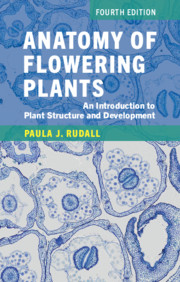Immense stands of bald cypress [Taxodium distichum (L.) Rich.] make it difficult for herbicide applicators to access the free-floating fern giant salvinia (Salvinia molesta Mitchell), which can be found growing under the canopy of the trees. The difficulty of accessing these areas, as well as avoiding direct contact of herbicides with tree foliage, provides a substantial amount of nonmanaged plant material capable of rapidly reinfesting treated sites, thus making management efforts null and void. Herbicide application during the winter, when bald cypress sheds its leaves, may be an ideal time to manage S. molesta and minimize negative impacts on the nontarget tree. Therefore, the herbicides diquat, glyphosate, flumioxazin, and glyphosate+diquat were evaluated at one of the three application timings (December, January, or February) against S. molesta and immature bald cypress during the winter. All herbicide treatments, except diquat applied in February of year 1, reduced S. molesta biomass 40% to 100%. In addition, flumioxazin applications during December, January, and February provided ≥70% S. molesta control with little or no negative impacts to bald cypress health. A treatment by timing interaction revealed that trees exposed to flumioxazin did not result in a significant decrease in average leaf length when compared with reference trees 20 wk after bud break at any of the three application timings. In addition, bald cypress exposed to flumioxazin produced the highest probability of a refoliation pattern equivalent to the nontreated reference trees. Although complete tree mortality was not documented in either study, delayed and abnormal leaf formation, reduced leaf length, irregular canopy formation, or no negative effects were observed among herbicide-treated bald cypress. This research suggests that winter herbicide applications over the top of dormant bald cypress may be a practical management technique for controlling severe infestations of S. molesta.
